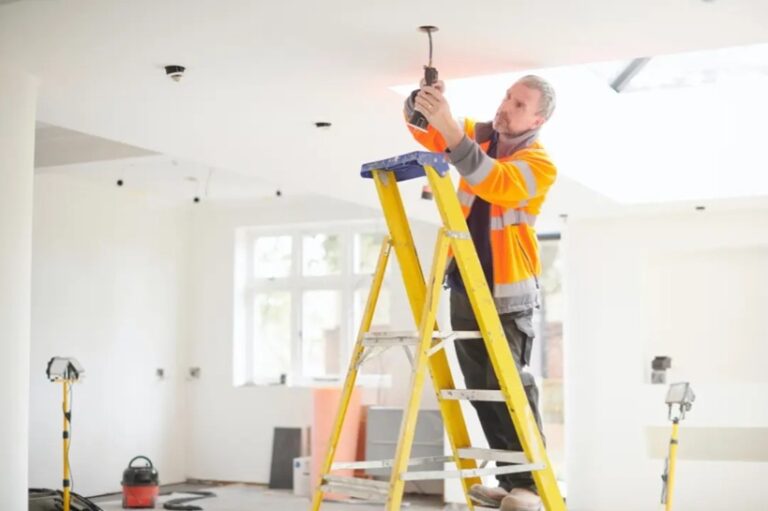When you receive a “Letter by Professional Engineer,” it’s important to recognize that this document carries significant weight and implications, often impacting critical decisions and projects. Knowing what to look for in such a letter is essential to ensuring its quality and effectiveness. In this guide, we’ll explore the key considerations when receiving a “Letter by Professional Engineer.“
- Clarity of Purpose: The first thing to assess is the clarity of the letter’s purpose. Is it a proposal, a report, or a formal communication? Understanding the intent behind the letter is crucial for proper evaluation.
- Structure and Organization: Examine how the letter is structured. It should have a clear layout with sections like an introduction, main body, and conclusion. These segments should be well-organized and serve distinct purposes.
- Audience Relevance: Consider whether the letter is appropriate for its intended audience. A “Letter by Professional Engineer” should use language and tone that aligns with the recipient, whether they are clients, authorities, or colleagues.
- Technical Clarity: Assess the technical clarity of the content. Professional engineers often deal with complex information. The letter should effectively convey technical details, avoiding excessive jargon while maintaining accuracy.
- Supporting Evidence: Evaluate whether the letter provides sufficient supporting evidence. It should include relevant data, calculations, and references when necessary to justify claims and decisions.
- Grammar and Proofreading: Look for grammatical errors and typos, which can undermine the credibility of the letter. A well-written “Letter by Professional Engineer” should be free of such mistakes.
- Professionalism: Consider the professionalism exhibited in the letter. It should maintain a formal and respectful tone throughout, reflecting positively on the engineer’s reputation.
- Conclusion and Contact Information: Check the conclusion for a concise summary of key points and a restatement of the letter’s purpose. The engineer’s contact information should also be readily available for further inquiries.
Conclusion:
Receiving a “Letter by Professional Engineer” requires a discerning eye to ensure its quality and reliability. By considering these key factors—purpose, structure, audience relevance, technical clarity, supporting evidence, grammar, professionalism, and contact information—you can confidently assess the value of such letters in engineering contexts. Remember that a well-composed “Letter by Professional Engineer” can greatly influence decisions and project outcomes.




